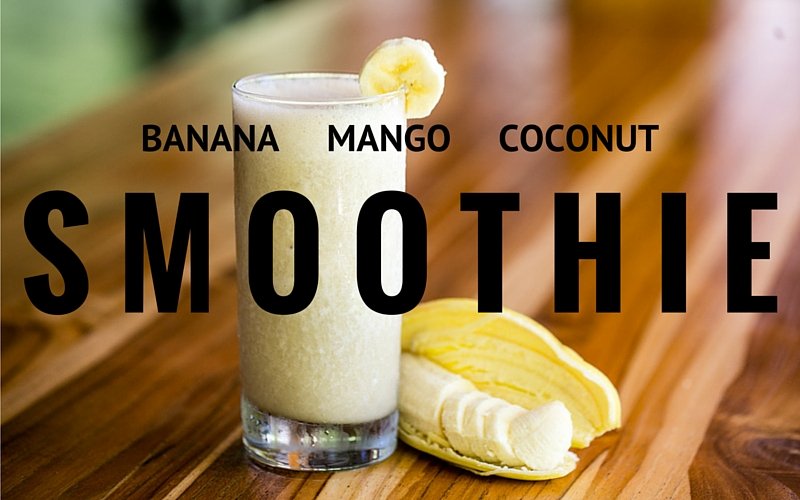Smoothies are a daily occurrence in our life here at Blue Osa.
Many of the ingredients we use for our smoothies come directly from our property.
We have an abundance of tropical fruit such as coconut, banana and mangoes growing right off our trees.
Mangoes for example, grow from the majestic mango tree right next to the yoga building. The mango tree will, in fact, be your affectionate companion if you practice on the left hand side of the yoga studio.
Take a better look here for a video of the yoga deck. Bananas and coconuts both grow from plants and trees, both found in Costa Rica and throughout Central America.
This recipe was created by Chef Marie, who has mastered the art of making smoothies that satisfies many happy guests.
But before we delve into the recipe let’s have a look at each fruit’s property to fully understand their benefits.
Banana
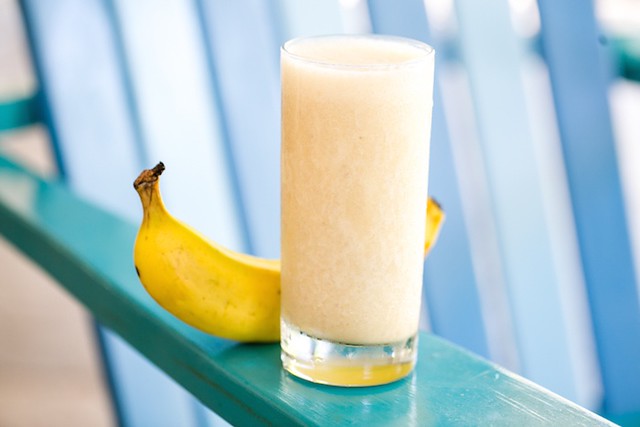
- It’s loaded in potassium.
- It’s high in protein.
- It’s great for ulcers or sensitive guts.
- It’s high in Vitamin B6
- It’s high in fiber and thus help aid in digestion.
Coconut
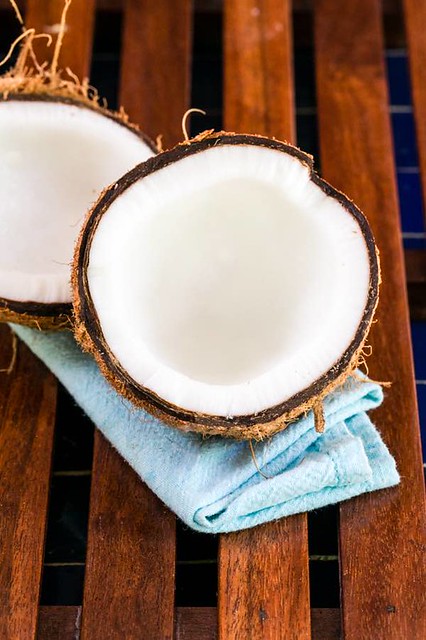
- Coconut milk is lactose free and works as a substitute for the lactose intolerant.
- Coconuts are highly nutritious and rich in fiber.
- Coconuts are rich in vitamins such as C, E, B1, B3, B5 and B6.
- Coconuts are rich in minerals including iron, selenium, sodium, calcium, magnesium and phosphorous
- In Sanskrit, the coconut palm is known as kalpa vriksha – “Tree which gives life”.
Check out this helpful link on a variety of ways you can make coconut products.
Mango
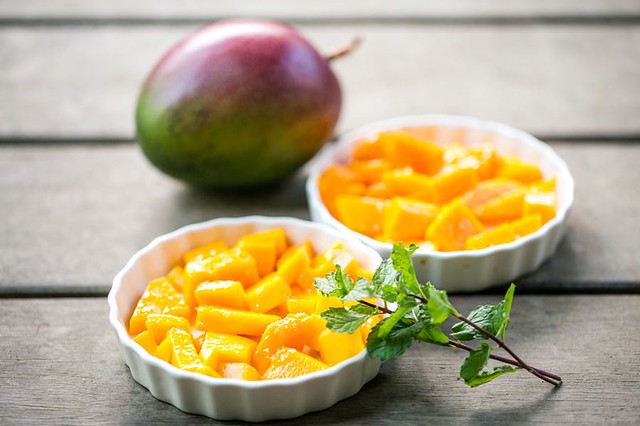
- Mango is sometimes referred to as the “king of the fruits”.
- This yellow, fibrous fruit was originally found in southern Asia in the foothills of the Himalayas.
- Mango is considered a superfood: considered to be especially beneficial for health and well-being.
- Mangos normally run about 100 calories per cup.
- Mangoes contain more than 20 different vitamins and minerals, and are fat free, sodium free and cholesterol free.
Now let’s get to the recipe!
Mango Banana Coconut Smoothie
From the Kitchen of Blue Osa By Chef Marie
Gluten Free, Sugar Free, Fat Free
Ingredients:
- 1 Mango
- 1/2 cup of Coconut Milk
- 1 cup of pineapple juice
- 1 banana
- 3 tablespoons yogurt
- 1 tablespoon lime juice
- ice (as much as you like)
Directions:
- Chop the mango and banana.
- Place the rest of the ingredients in your blender.
- Blend until smooth.
- Enjoy!
This tasty and delicious smoothie is refreshingly gratifying.
Want to visit Blue Osa and try this perfect smoothie after your yoga practice? Reserve your vacation now!
Pin this post for later!
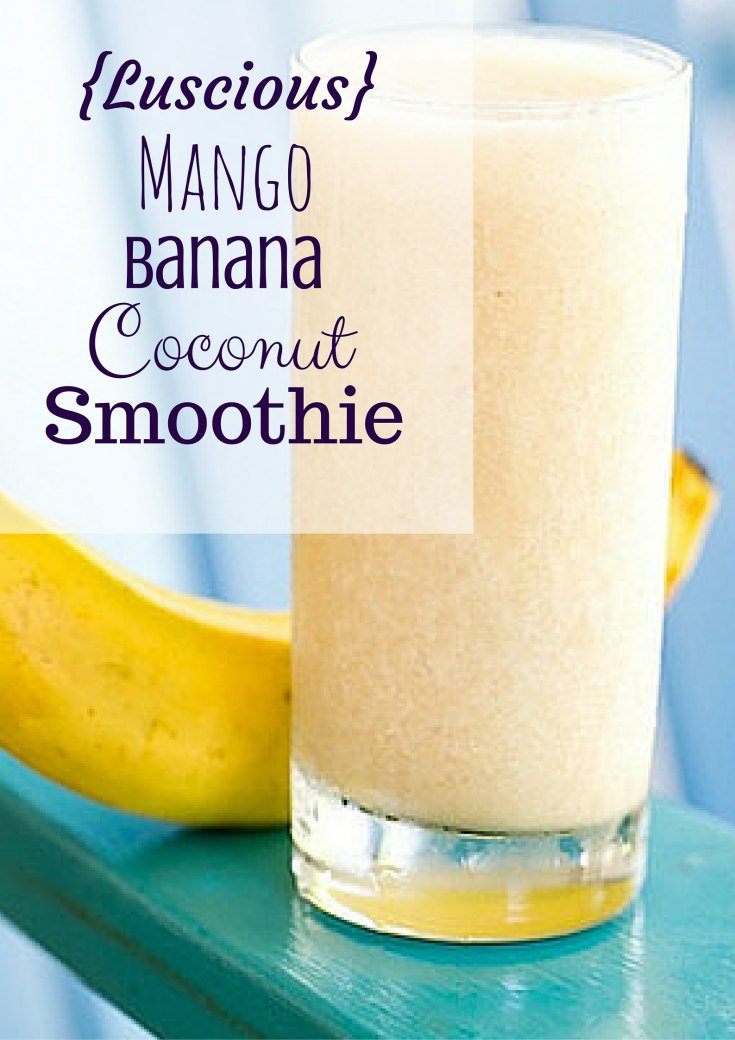
Looking for more smoothie recipes? Check these ones out!
www.blueosa.com/costa-rican-smoothie-le-dynamique-by-chef-marie
www.blueosa.com/creamy-mango-smoothie-spirit-of-india


